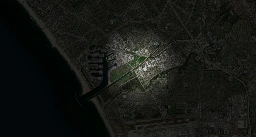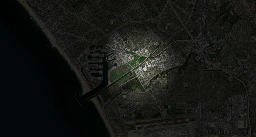Startup Says It'll Use Huge Space Mirror to Sell Sunlight During Nighttime
Startup Says It'll Use Huge Space Mirror to Sell Sunlight During Nighttime

futurism.com
Startup Says It'll Use Huge Space Mirror to Sell Sunlight During Nighttime

cross-posted from: https://lemmy.world/post/19446697

